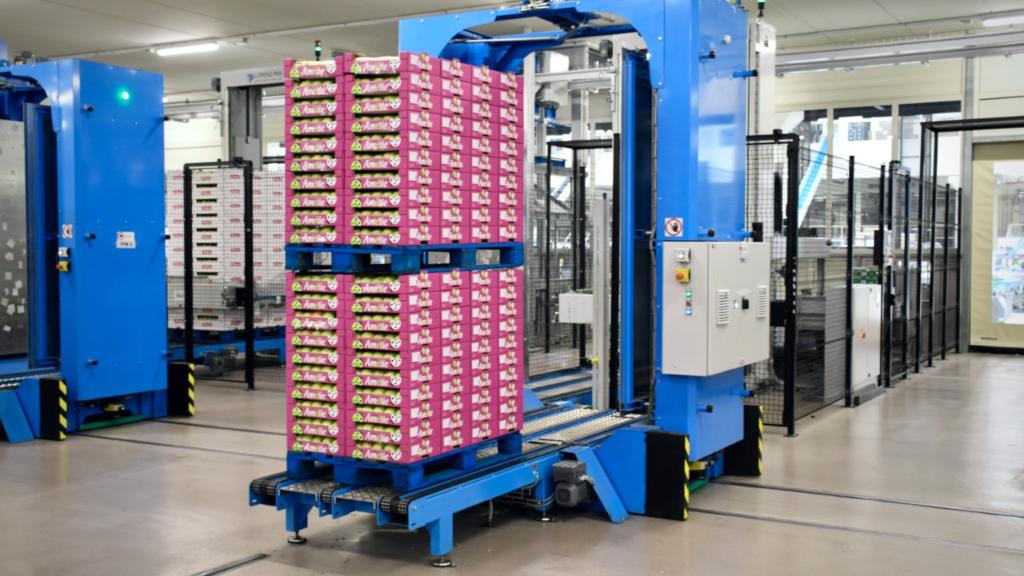
IT and DevOps teams seek to keep up with the constant changes in the market to offer the best technologies. However, the pace of development of digital initiatives and the cloud is unstoppable. More and more organizations are moving their work to the cloud, either with new applications born in this environment, or with redesigns of existing ones adapting them to the environment
on-line. This results in increased complexity across multiple environments, as well as a greater number of unexpected bugs that are even more difficult to investigate and resolve.
In order to understand what is happening, where bottlenecks occur or what actions a company can take to solve possible errors, what are known as observability platforms have become popular in recent years. One of the most outstanding is Splunk, which has just signed a strategic alliance with Entelgy, to make it easier for our country’s operations and development teams to focus on what really adds value to the company.
About the possibilities offered by observability platforms to companies, the value that Splunk offers and the work that Entelgy does in this field, we have had the opportunity to chat with Manuel RuizDirector of Alliances at Entelgy.
[MCPRO] How important is application observability in modern IT infrastructure?
[Manuel Ruiz] When we find something inside our application that is crashing, we want to be able to figure out what’s going on just by looking at the results. That is precisely the observability, the ability to know what is happening through metrics, logs and tracking. New cloud applications developed by DevOps teams in coordination with their architecture teams create several challenges that drive the need for observabilityas they are:
- Greater complexity – monolithic applications being refactored into microservices.
- Higher risk – frequent deployments and dynamic infrastructure.
- Skills gaps – to rethink how to design, build and deploy applications.
We then need some important elements, such as Instrumentation, that allows telemetry data to be collected from open and proprietary sources and combined in one place, from an application, a service, an infrastructure host, a container, a cloud service, a serverless function, a mobile application or any other entity to output data. This global need is what determines the importance of observability.
[MCPRO] What are the typical processes that create bottlenecks and affect performance?
[Manuel Ruiz] Mainly DevOps teams want to discover bottlenecks in the code, that is:
-
- Find out which method is CPU intensive.
- Which processes misuse memory allocation.
- Which database queries are degrading application performance.
In short, DevOps teams seek to optimize their code efficiently so that the application works optimally with the best user experience.
As a consequence of this digital transformation, the volume and weight of operations supported by IT has grown exponentially, further accelerated by the pandemic. The usual infrastructures cannot support that volume and have become a bottleneck that is being overcome by refactoring applications to cloud-native solutions. Both this process and migration, as well as the final result of it, pose challenges for companies when it comes to maintaining control of their IT.
[MCPRO] How does Splunk work in this field (that of observability) and what advantages does it offer over its competition?
[Manuel Ruiz] Splunk is the only solution on the market capable of processing 100% of the data when its volume skyrockets. Cases such as a black friday in retail require the ability to process a volume of data significantly higher than usual and the Observability platform, which must guarantee the proper functioning of IT at times of maximum criticality for the business, must accompany this growth. and also do it in real time.
Only Splunk is capable of providing this capability and also doing it end-to-end for the entire technology stack, from the user experience to the applications and infrastructures that support the service.
[MCPRO] How do you improve the performance of applications and data in companies that bet on this type of platform?
[Manuel Ruiz] The volume and variety of data that organizations need for their Applications work is huge and unmanageable on its own. The observability It uses analytical techniques that use artificial intelligence (AI) and machine learning (ML) to improve the performance of these applications.
systems observability high-quality ones have learning algorithms capable of understanding the previous state of your services and applications to predict what will happen in the future.
[MCPRO] How is the offer that Entelgy brings to companies with Splunk and how can companies access it?
[Manuel Ruiz] Entelgy’s commitment is to offer our clients cutting-edge solutions that adapt to the new problems and requirements of the digital environment. Entelgy offers the necessary capacity to be able to exploit business data and derive value from it.
With the new Splunk Observability Cloud, Entelgy teams can get all their answers in one place with unified metrics, tracking, and logs, collected in real time, without sampling, and at any scale.
Entelgy has its consulting teams that will help clients in the understanding, adoption and journey towards the world of Observability of their applications in their DevOps environments and teams.



